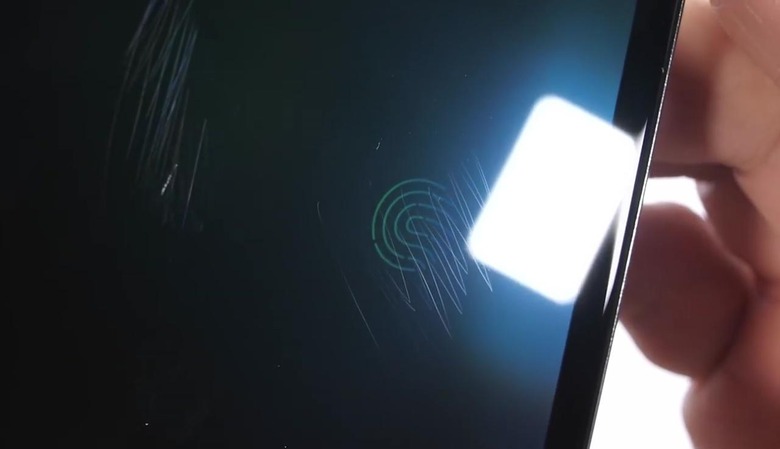Vivo NEX S durability test: its weakness will surprise you
The Vivo NEX is definitely one of the most interesting phones to come this year, but its elevating camera does raise a few questions. What does that novelty cost in terms of durability? But while we hold off on the final answer for our in-depth review, the king, or at the least the most famous YouTuber, of durability tests takes the Vivo NEX S for a light spin. And it might be cliché by now but the answer will surprise you.
Let's get the "normal" tests out of the way first. Like some Chinese OEMs, Vivo doesn't mention whether it uses Corning Gorilla Glass on its phones. But given that the Vivo NEX S only started scratching at a level 6, we can conclude it is at least some form of tempered glass. The back is also glass, of course, as are the camera lenses. So other than the metal edges, the unique phone will be safe from razor blades.

One thing to note is that the in-display scanner is, of course, under that glass. Fortunately, even with scratches, it continues to work. Unfortunately, Vivo NEX S' fingerprint scanner has other faults, which we'll reserve for that promised review.
Ignoring the almost pointless burn test, we get to the bend test. This yields a more interesting result but, fortunately, no failing grade here. While the Vivo NEX S does flex a bit, it doesn't break or get bent forever. It's a pretty durable smartphone in other words.
That leaves the question of that elevating camera. Fortunately, at least from Zack Nelson's gripping and shaking and pushing, the module seems to be pretty solid and robust. The lens is glass, protecting it from the wear and tear of sliding against an aluminum frame. Sadly, it is because of this moving and sliding part that the Vivo NEX S has no water or dust resistance rating, which is its unspoken Achilles heal.
